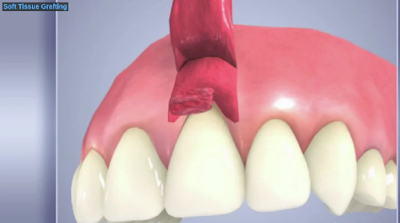Sinus and your upper jaws are interlinked with each other. So, you might be told to undergo sinus lift surgery before getting tooth implants. It might be daunting for those who have never heard this before, but there is no need to worry. In this post, we will help you to understand how sinus lift for a dental implant can be beneficial.
What is a sinus lift?
This is a surgical procedure which grafts bone to the upper jaw helps to uplift the maxillary sinus membrane upward to make space for additional bone. For this reason, the technical name of this procedure is a “maxillary sinus floor augmentation” and can also be referred to as “sinus augmentation”.
What is the purpose of this procedure?
When a patient has insufficient bone on their upper jaw to support dental implant then sinus augmentation is usually performed. You may need sinus lift surgery before getting implants if:
- your jaw bone has previously been damaged, for example from trauma or a difficult extraction;
- a cyst or tumor has been removed from the area;
- you have suffered bone loss as a result of periodontitis;
- your bone has receded because of tooth loss (the socket can lose 40-60% of its bone structure within the first three years);
- you naturally have a large sinus cavity or thin jaw bone.
Not everyone who gets molar or premolar teeth implants will need this surgery. However, it’s a fairly common procedure.
How to get prepared for the surgery?
The dental surgeon will ask you for dental x-rays, and perhaps CT scans, to assess the current condition of your jaw. The grafted bone can be sourced from a number of places:
- Your own body (either from another part of your mouth or another bone – often in the hip or leg)
- Another human (people may donate their bone tissue when they die)Cow bone
- A synthetic material such as hydroxyapatite
All of these materials are safe and are processed to ensure they are free from diseases.


